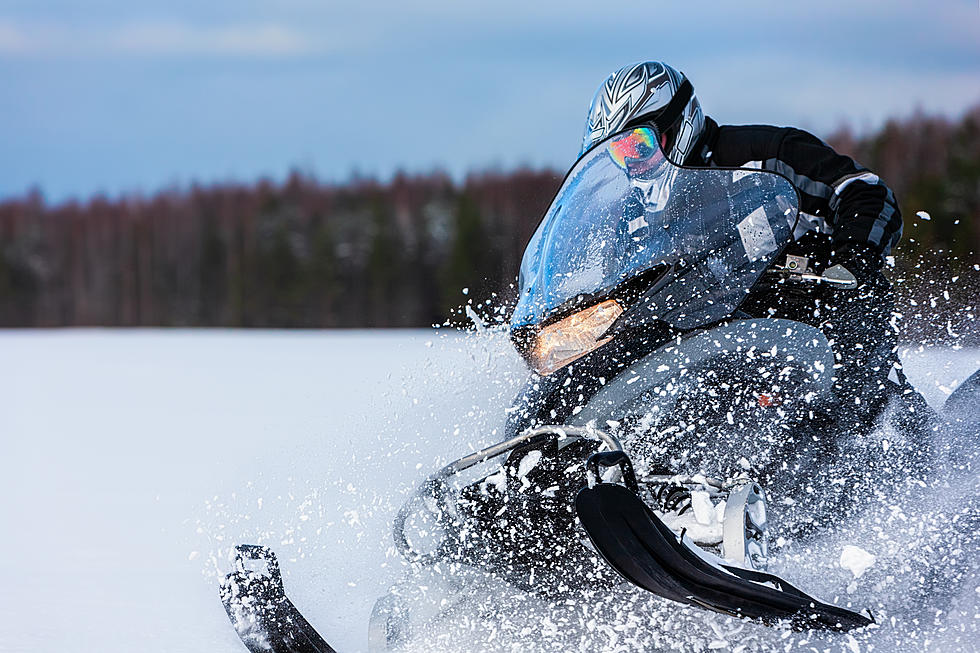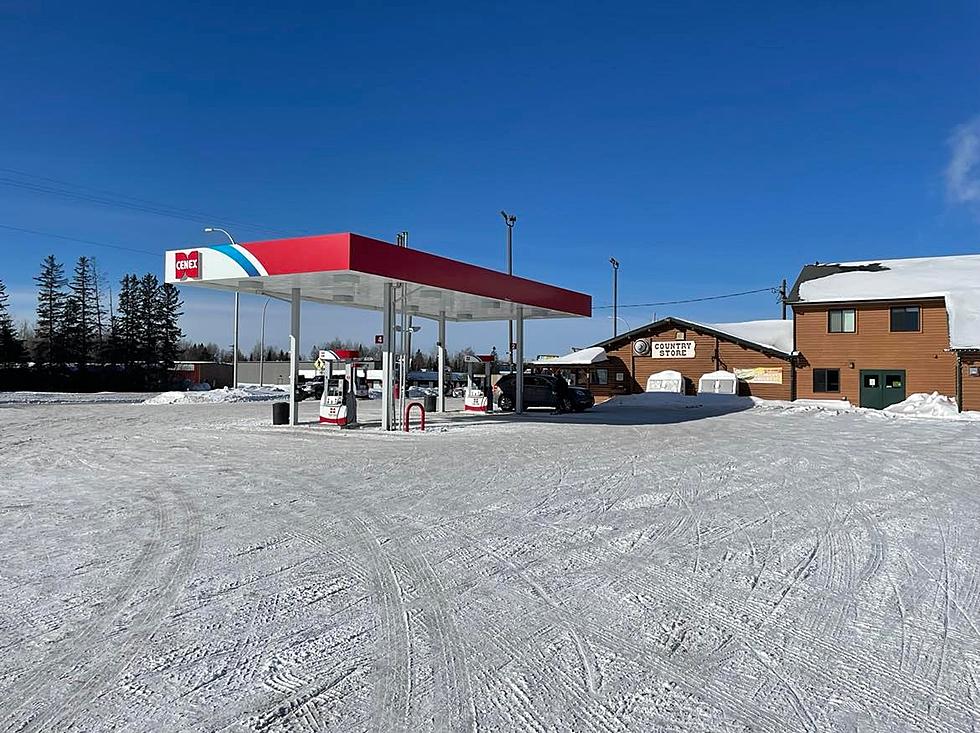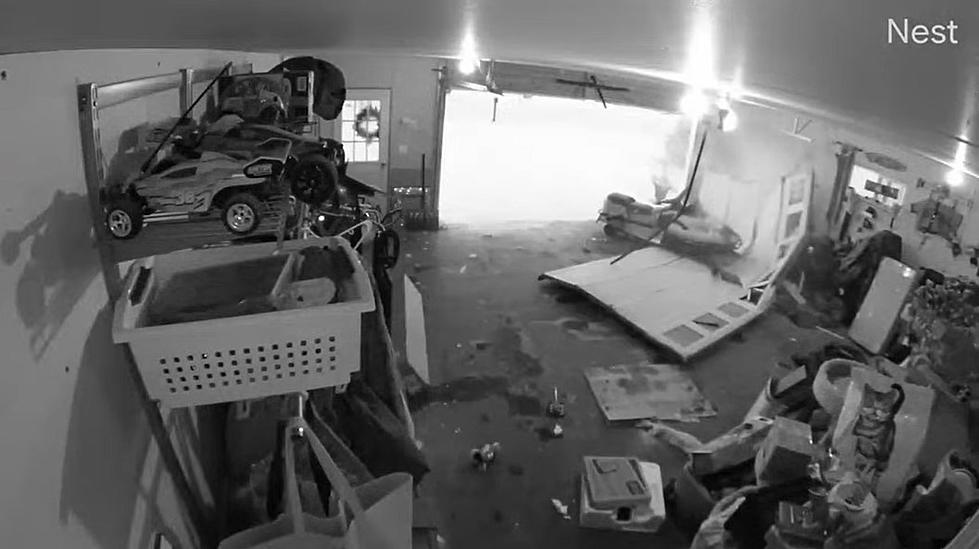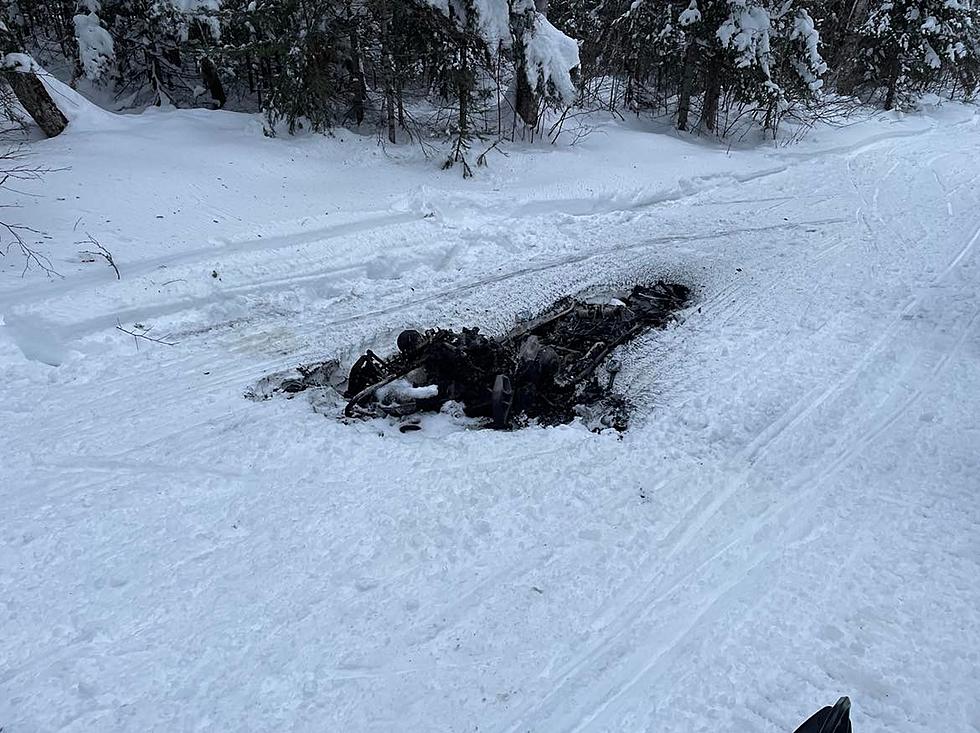
How To Store Your Snowmobile For The Summer; Watch Professionals Who Use ‘Em All Year ‘Round At The Benna Ford Roush Superior Watercross Shootout, August 16 & 17
A little TLC and proper maintenance can make any piece of equipment last longer. That bit of wisdom is especially true when it comes to larger, big-ticket items like cars and trucks, tractors, and seasonal "toys". And while you probably change the oil in your auto on a regular basis - when's the last time you gave your snowmobile some routine maintenance?
Summer storage presents it's own set of challenges for sleds; The temperature extremes can cause all sorts of damage to the engine, seals, and fluids.
So what can you do?
Here are a few tips from Snowmobile.com to get your sled ready for summer storage:
- Start the engine and pull on the oil pump cable to hold it open. This will allow a very rich mixture of oil to be injected into the engine. Its purpose is to lubricate internal engine parts (such as the piston pin and bearings) that would normally see little oil if you poured it through the spark plug hole. Make sure you run the engine for 10 to 15 minutes with the oil pump cable pulled out fully. Doing so will ensure that there is sufficient oil circulating throughout the engine.
- Completely fill the fuel tank with gasoline and add a fuel conditioner/stabilizer in proper proportions to preserve the fuel. By eliminating air space in the fuel tank, you ensure that oxidization of the fuel will be minimal and condensation cannot occur.
- Remove the carburetor float bowl drains and allow all the fuel to run out. If the fuel were to remain, the majority would evaporate, but the remainder would form a chalky residue that could block the jets and passageways. Most often when the fuel delivery is impaired, the engine fails due to the fuel/air ratio being too lean. If there is no fuel in the carburetors, problems will be minimal.
- Remove the drive belt and make sure to store it unrolled. This prevents damage to the drive belt and clutches. If the belt were left on the machine, it would set to its installed shape and not rotate properly around the clutches when the snowmobile was put into use the following season. This also prevents the chance of condensation between the belt and clutch sheaves.
- Take the battery out and put it in a safe place. Make sure it is out of the sunlight. Charge the battery once a month with a small charge that is rated at no more than 2 amp/hr. It is normal for the fluid level to go down both when the battery is in use and in storage. Add distilled water to the top of the fill line on the battery case if the level goes down, and recharge the battery.
- Block off the muffler outlet, carburetor air intake, cooling system intake and outlet holes. This will prevent small animals from building nests. Animal nesting may cause damage or impair performance.
- Reduce the tension on the track by loosening the track tensioning bolts to their limit. This prevents the track from stretching and cracking during the storage period.
- Disassemble the secondary clutch and grease the sheave bushing if required. Not all models require this. Check your manual to see if it is applicable.
- Coat all exposed metal surfaces, nuts, bolts, and fasteners with preserving oil like WD40. This will prevent them rusting. Keep the oil away from plastic and rubber parts so they don’t deteriorate.
Or course, some people don't put their sleds away for the summer season. In fact, that's the time of year that they haul 'em out and get 'em wet on the water! Catch all the action Saturday and Sunday, August 16 and 17 as the International Watercross Association comes to town for the Benna Ford Roush Superior Watercross Shootout at Barkers Island Festival Park in Superior.
More From KOOL 101.7









